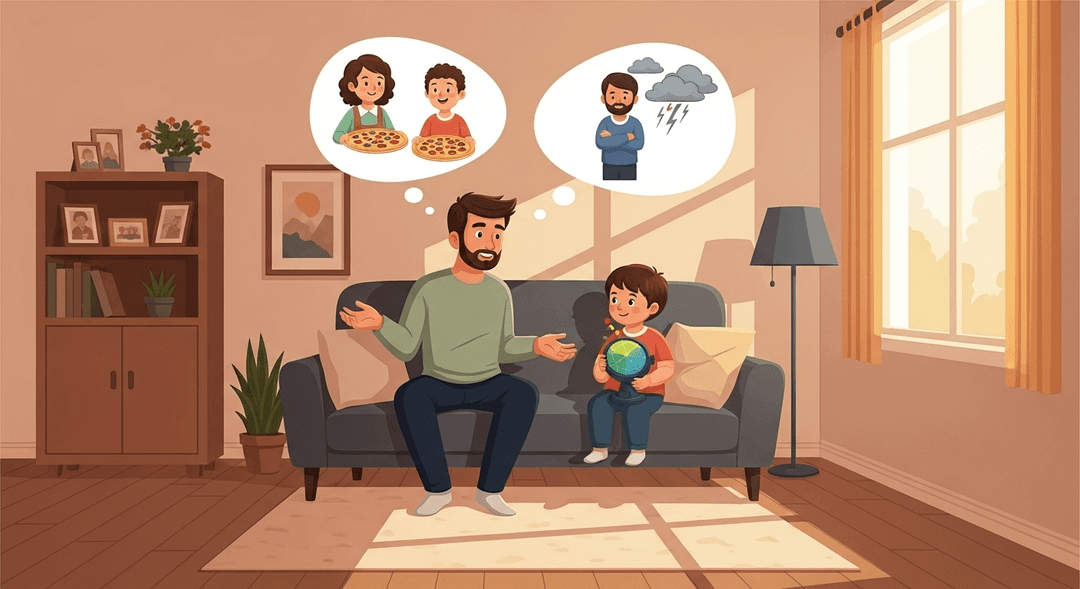Help Them Recognize and Avoid Unhealthy or Toxic Relationships
Ever wish you could just hand your kid a 'bad friend detector' and call it a day? Me too. Instead, we’re stuck trying to teach them how to spot the difference between a buddy and a walking, talking drama tornado—without sounding like we’re auditioning for the world’s most awkward after-school special. If you’ve ever wondered how to give your kid a sixth sense for sketchy friendships (and maybe save yourself a few gray hairs), this is your jam.
Kids who can spot unhealthy relationships early are basically emotional ninjas—they’re less likely to get tangled up in drama, peer pressure, or those friendships that feel like group projects where you do all the work. Neurologically, learning to set boundaries actually strengthens self-regulation circuits and boosts their confidence, which (bonus!) means fewer panicked texts to you at 2 a.m. later on.
How to do it
-
Begin with stories—these could be your own, your child's, or even a fun example like the time SpongeBob almost joined Plankton’s evil scheme.
-
Discuss what felt off in the story, what real friends do, and how to recognize and listen to their own 'uh-oh' signals.
-
Role-play awkward situations together. Practice what to say if someone is being a jerk, or if a friend wants them to break the rules.
-
Remind them that it’s okay to walk away from uncomfortable situations.
-
Let them know you’re always there for support, including a post-drama ice cream debrief if they need it.
Tips:
- Keep the conversation light and relatable with stories or humor.
- Encourage honest feelings and questions.
- Practice responses out loud to build confidence.
- Reassure them that everyone faces tricky situations sometimes.
